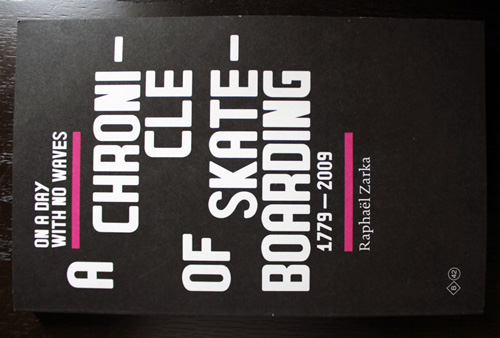
The good thing about that night was that I made out with a 45-year-old divorcée. The bad thing was my terrible hangover the next morning. Against hindsight’s judgment, I went straight to a perilous spot, even though it was cold and there was snow on the ground, because I had shoveled it clear the previous day. I wanted to skate this flat bar to drop before I left town.
My eventual goal was a switch front board slide, but I found the rail slicker than anticipated on my first regular boardslide attempt. My board shot forward while my body descended straight down. I was aware that my penis was approaching the end of this rail and changed my body to avoid contact. I touched ground with my left foot first, then felt my left knee bend incorrectly as my body weight compressed down. Pain indicated the mishap and I kept saying “fuck” as I bent my knee to test. I eventually walked around some and got in the car, but I knew that my life had just changed. After a spring of continuing to twist my knee, an MRI confirmed my torn left ACL. On July 7, 2011, I took a left ACL replacement surgery, the same surgery I had on my right knee five years earlier.
An additional surgery on December 7 to trim my torn meniscus was a further complication, but I used adult strength and previous experience with ACL recovery to help me heal as well as possible. My physical therapist and I developed daily exercise programs that built muscle while also allowing time for rest and recovery between all activity. Being on one’s feet at all is an activity after surgery. As I strategized for an optimal recovery, a convenient retweet from Josh Kalis led me to Tough Like You by Soma Fuller. Fuller is a senior writer at Focus magazine and Tough Like You is fruit of his 20 years of studying skating, healing and injury prevention.






